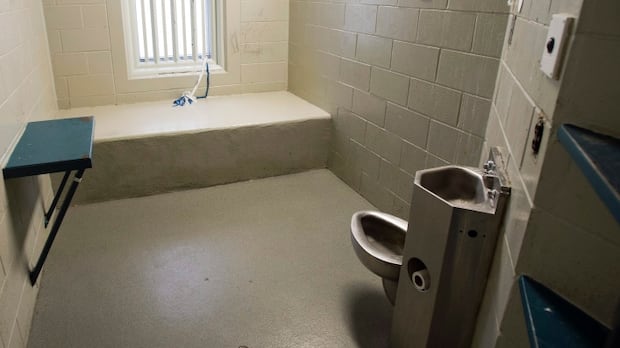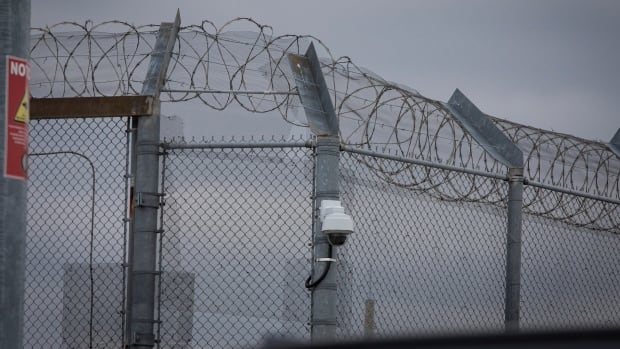
Hundreds of pages of documents written by experts for two class-action lawsuits paint a picture of Ontario’s corrections system as inhumane and poorly managed.
The two class actions against the province take aim at the use of lockdowns in Ontario correctional facilities as a way to deal with staffing shortages from 2009 to 2017. One lawsuit seeks damages for inmates during that time, while the other asks for damages for immigration detainees, who are sometimes held in such facilities. The attorney general of Canada is also named as a defendant in that lawsuit.
A lockdown occurs when inmates or detainees are kept in their cells for an extended period of time — possibly hours or days — and are unable to participate in daily activities, such as outdoor exercise, showers, phone calls or programs.
Lockdowns can happen for a number of reasons, including during security incidents. However, the lawsuits allege that lockdowns due to staffing issues became “chronic” and have caused severe and continuing damage to those affected.
Data obtained by CBC Toronto through a freedom of information request reveals there were an average of 440 full facility staffing-related lockdowns reported across the province each year between 2010 and 2017. That’s on top of hundreds more “partial” lockdowns, where only certain sections of a facility were affected. The reporting requirements were different for 2009.
The lawsuits are seeking a combined $1.5 billion in damages for negligence.
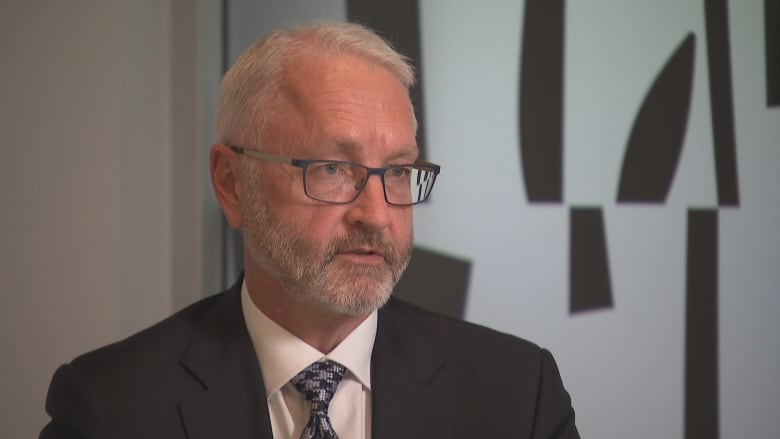
“The easiest, cheapest and cruellest way to deal with a staffing problem is to do a lockdown. And every time the opportunity presented itself, that’s what Ontario chose,” Scott Hutchison, one of the lawyers representing the plaintiffs, said in an interview with CBC Toronto.
Between the two class actions, Hutchison said there are more than 100,000 potential claimants. Ontario currently has 24 facilities spread among correctional centres, detention centres and jails, according to the Ministry of Correctional Services website.
The lawsuits were certified as class actions in 2017. The expert reports, which were served on the defendants, represent a significant step forward in the cases ahead of a trial date expected in 2025.
In their statements of defence, the Ontario and federal governments have denied any negligence.
Lockdowns a ‘callous practice,’ says expert
The reports filed by the plaintiffs come from six experts, including academics with backgrounds in international human rights law, corrections and psychiatry.
One of the experts, Michael Weinrath, wrote that he was “puzzled” when first asked to write a report, since he has not encountered staffing-related lockdowns as a regular practice at correctional facilities he’s visited elsewhere in Canada, as well as in the United States, Australia and New Zealand.
“Ontario is alone in its use of this callous practice,” wrote Weinrath, a criminal justice professor at the University of Winnipeg who formerly worked in corrections.
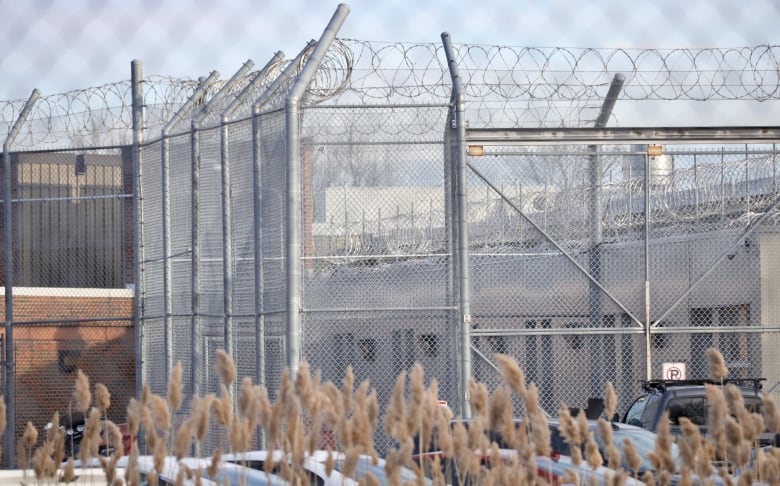
The expert reports also highlight the long-term mental health consequences of frequent lockdowns. In his report, Dr. Adekunle Garba Ahmed, a professor of psychiatry at the University of Saskatchewan in Saskatoon, said the impacts of lockdowns are similar to those of solitary confinement and can worsen existing mental health conditions or create new ones.
He said staff-related lockdowns “are likely to result in deficits in social skills and increased tendency for aggression when the lockdown is lifted, or the inmate is reintegrated into the community.”
In its statements of defence, Ontario denies that the effects of lockdowns are similar to segregation. It also denies that staffing lockdowns “occurred with the frequency or duration alleged” in the lawsuits, and said that any lockdowns “were justified and were imposed only where necessary to ensure the safety and security of inmates and staff.”
“Ontario acted at all times reasonably, in good faith, and with appropriate regard for the [plaintiffs’] Charter rights,” one of the statements says.
Experiences of immigration detainees
Ali, a former immigration detainee who arrived in Ontario as an asylum seeker in 2013, told CBC Toronto his experience being detained for seven weeks at the Maplehurst Correctional Complex in Milton, Ont., northwest of Toronto, has “left a scar” on his mental health that’s still present a decade later.
Ali is not his real name, and CBC has agreed not to reveal his identity as he fears it could affect his employment. He is now a permanent resident.
Ali, who claimed asylum for religious reasons, said he was shocked to be housed in a correctional facility, with no idea when he would be released, and said it felt “like being punished for a crime you didn’t do.”
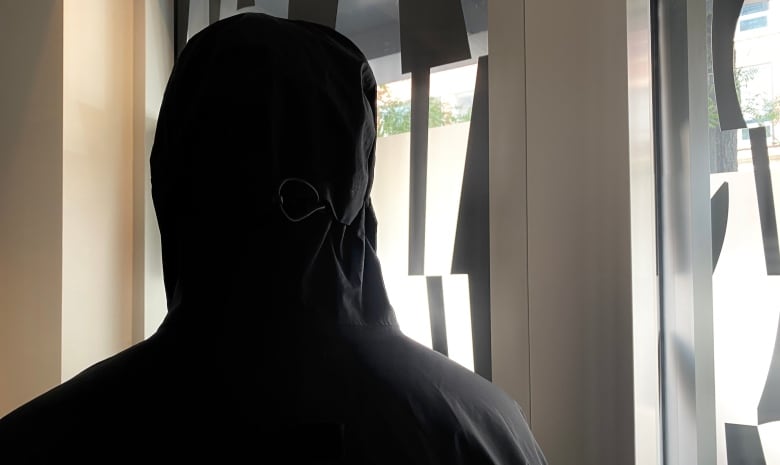
Under the Immigration and Refugee Protection Act (IRPA), the Canada Border Services Agency (CBSA) can detain foreign nationals for several reasons, including if they’re considered a flight risk or their identities aren’t well established.
Last year, Ontario said it was cancelling its agreement with the CBSA to detain migrants on the agency’s behalf at provincial correctional facilities. At the time, it was the eighth province to do so. As of this spring, all 10 provinces have committed to ending the practice.
However, last week, Radio-Canada reported that the federal government has been negotiating to keep migrants behind bars, with Ontario extending its contract until the end of this month.
In a statement, CBSA spokesperson Luke Reimer said detention in provincial facilities “is limited to the most difficult cases,” including when there are “serious concerns about danger to the public, or to other detainees, or to staff.”
Reimer said the border agency is “taking steps to house higher-risk individuals in its own facilities.”
Ali said his detention was made worse due to the numerous lockdowns he experienced. He recalls the indignity of having to use a toilet in a shared cell, being unable to access a phone to contact lawyers related to his asylum claim and having no access to the outdoors for fresh air or exercise.
“As a human, you want to look at the sky. That’s your nature as a human being. You can’t access that,” he said.
An expert report from James Hathaway, a professor emeritus of law at the University of Michigan in Ann Arbor, Mich., argues that holding immigrant detainees in correctional facilities constitutes “arbitrary detention” and goes against international human rights law. He said limited access to legal services due to lockdowns is a particular concern.

In its statement of defence, the attorney general of Canada “denies the balance of the allegations” made against it. It says the CBSA has the “discretion and authority” to determine where to detain individuals and that it “met the standard of care reasonably expected in the context of administering the IRPA and the immigration detention system.”
The attorney general of Canada “did not create, perpetuate or allow to develop a system that amounted to systemic negligence.”
In its own defence related to the immigration detainees, the province makes a cross-claim against the federal government: If the plaintiffs “are able to prove that they have suffered any of the damages and losses alleged in the claim, which are denied, Ontario is entitled to be fully indemnified by Canada.”
Staffing issues and lockdowns persist
Concerns about staffing-related lockdowns aren’t new. The practice was flagged as an issue in the 2008 Ontario auditor general’s report. It was also later referred to in the 2018-19 provincial ombudsman report.
Information obtained by CBC Toronto through a freedom of information request indicates that frequent staffing-related lockdowns persist in Ontario correctional facilities. During the class-action period, the number of full facility lockdowns due to staffing shortages hit a peak of 636 in 2016. In 2021, the most recent year for which the province provided full data, there were 783 full lockdowns.
Correctional officer and union co-chair Chad Oldfield told CBC Toronto that lockdowns are sometimes necessary to ensure safety, due to a “depleted” workforce without enough backfill.
“It’s not an ideal situation for us. I don’t think that, you know, we’re in favour of locking down the inmates. I would say that often the workday runs much smoother when the inmates are not locked down,” Oldfield said.
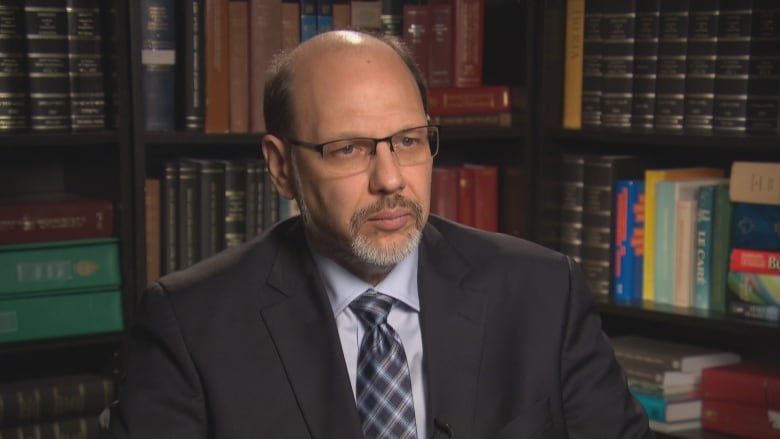
Howard Sapers, former correctional investigator of Canada who later served as independent adviser on corrections for Ontario, said in an interview that “there’s no good excuse” for why the well-documented staffing and lockdown issues have not been dealt with.
Sapers, who is not involved with the class actions, noted that the majority of people detained in Ontario facilities are in pre-trial custody and are not convicted of any crimes.
“So it’s troubling that they would find themselves in these most extreme conditions of confinement that are supposed to be for urgent or immediate threats,” he said. “Not because there weren’t enough people to show up to work.”
Ontario has long faced calls to end segregation in its jails, but a CBC investigation shows prisoners are being isolated more often. In Hamilton, it’s happening at a higher rate than elsewhere in the province, meeting the UN’s threshold for torture. An advocate for incarcerated people recalls her time in segregation as being “in a little cream-coloured box with nothing.” CBC Hamilton’s Bobby Hristova explains.
